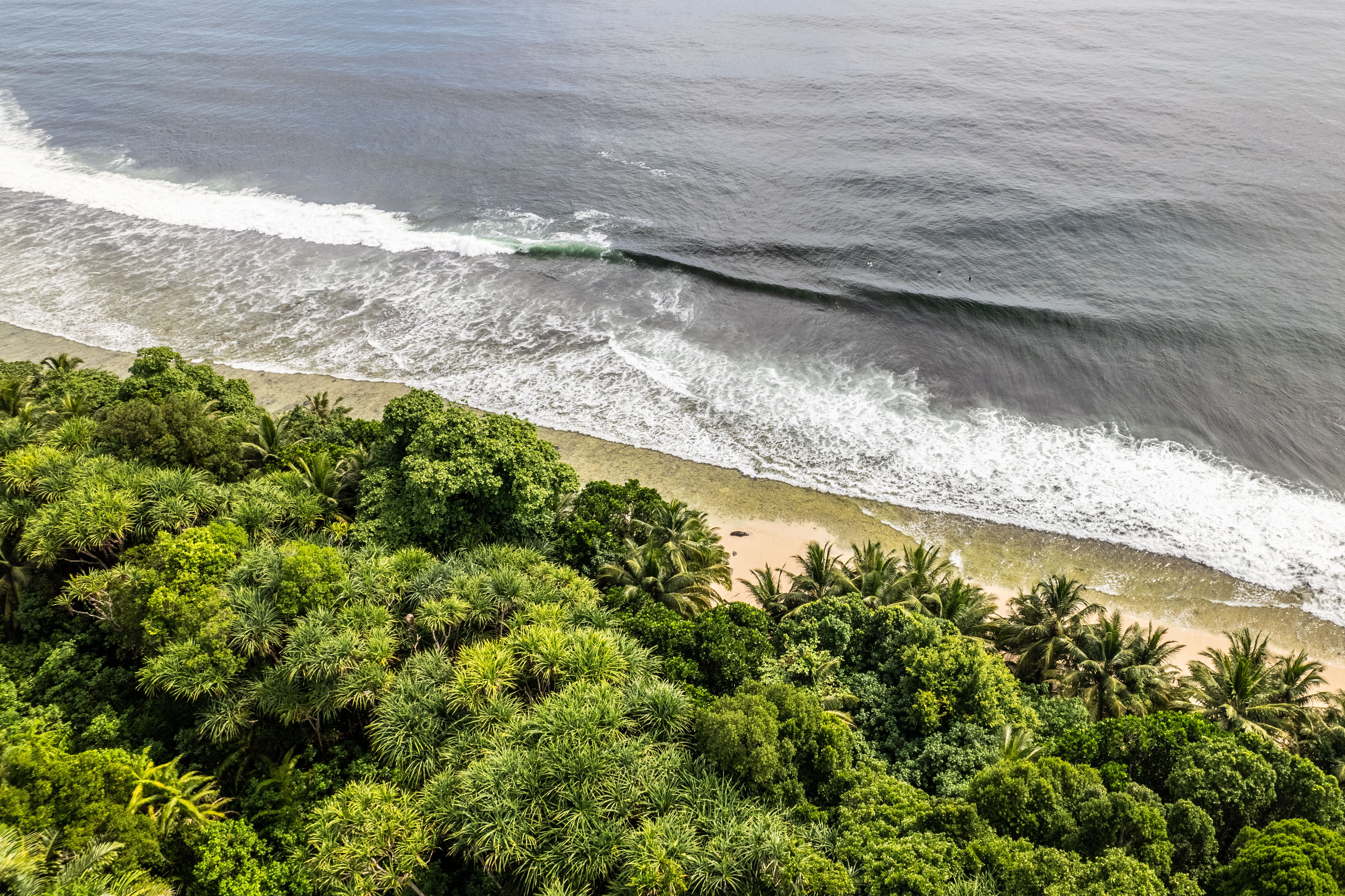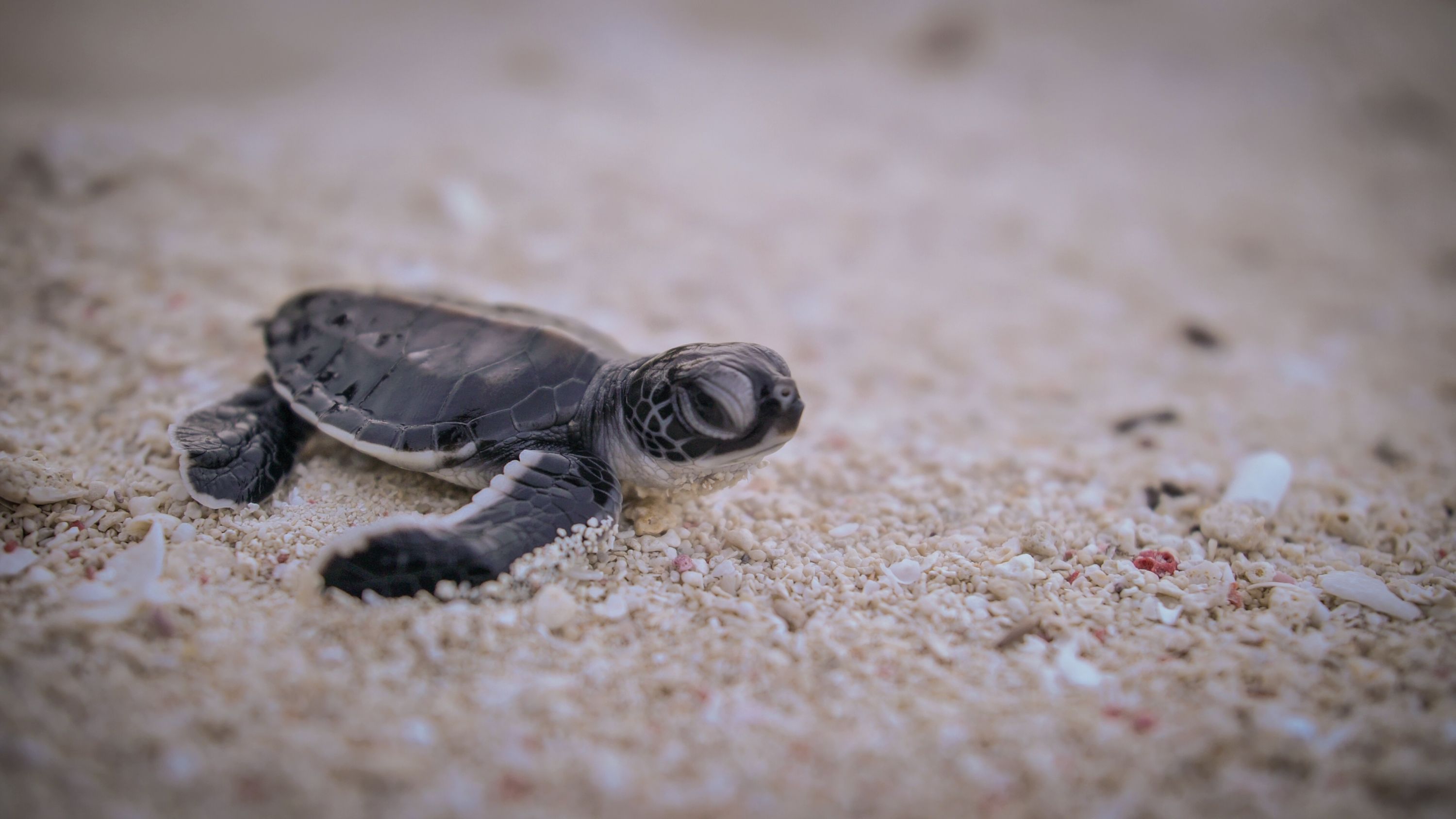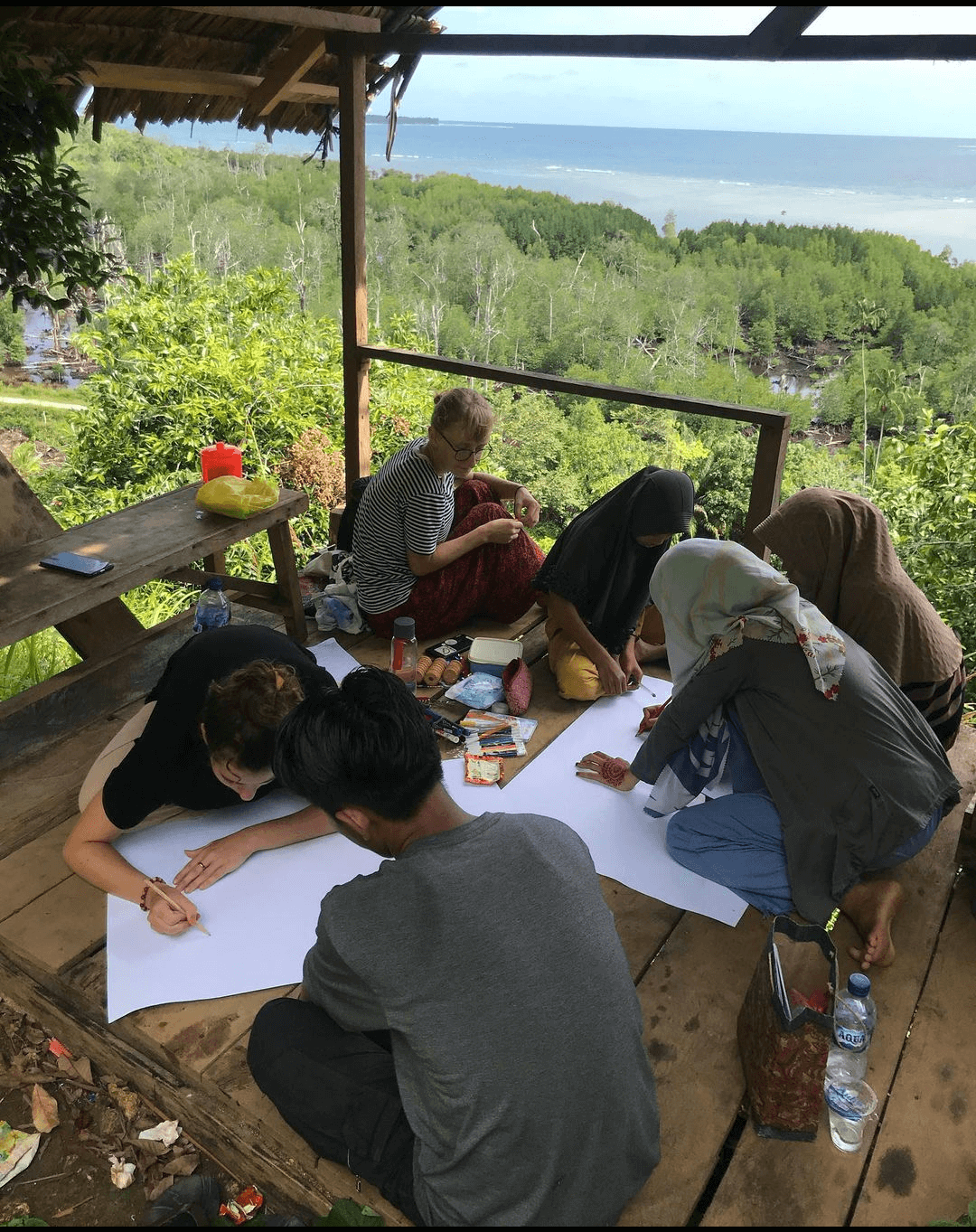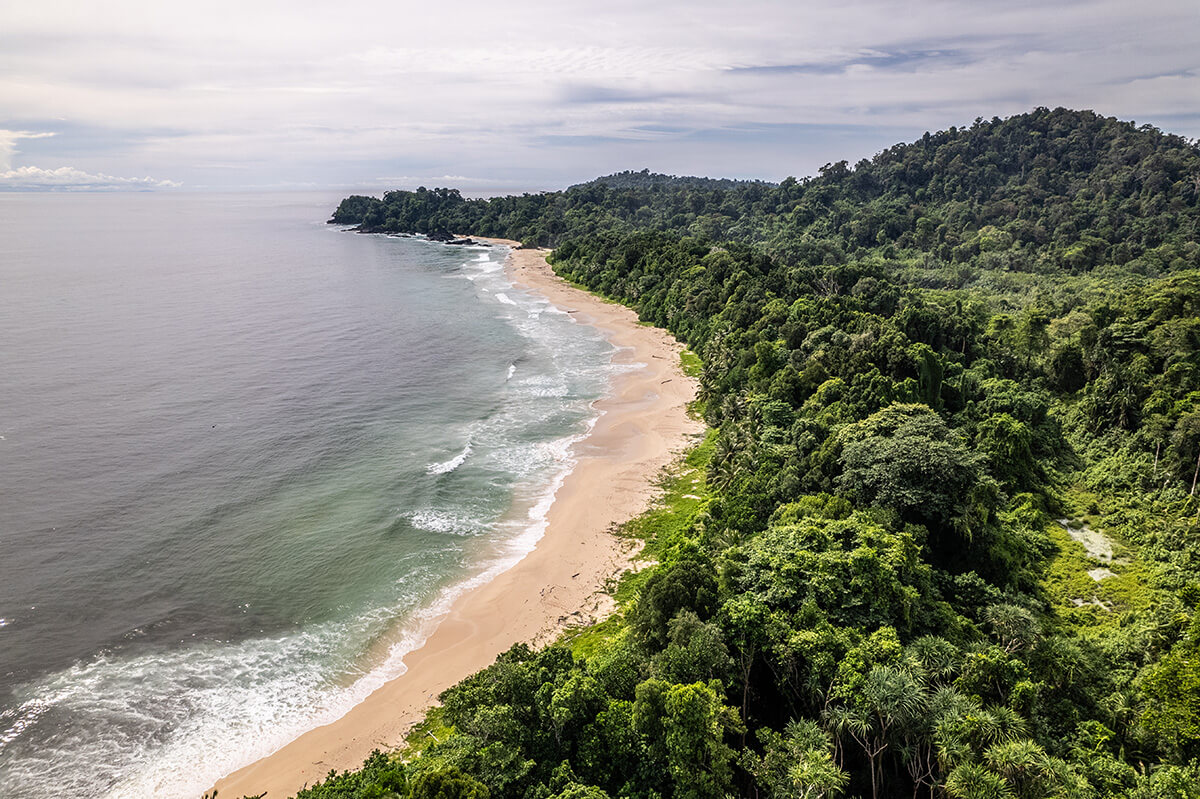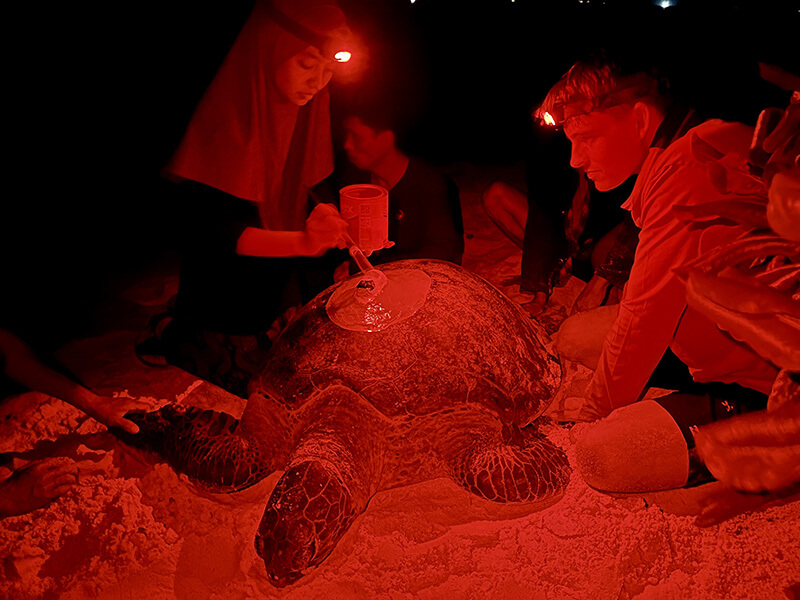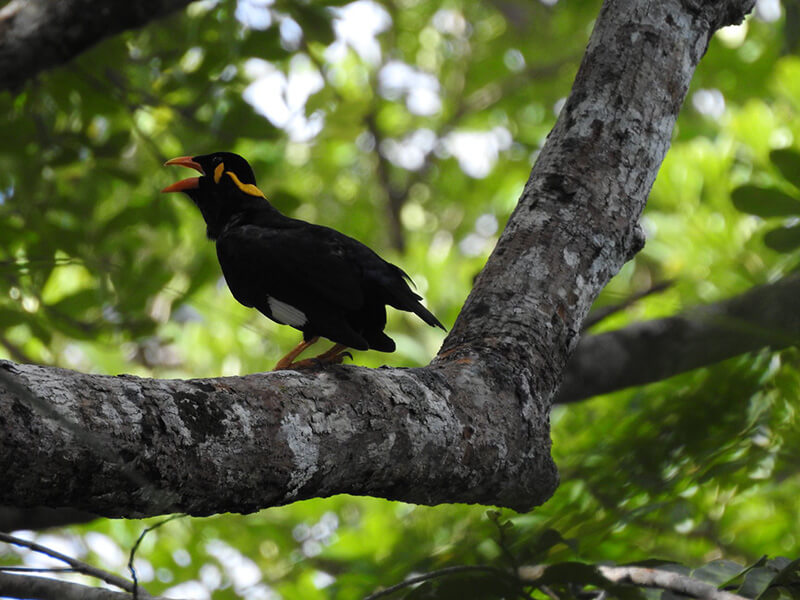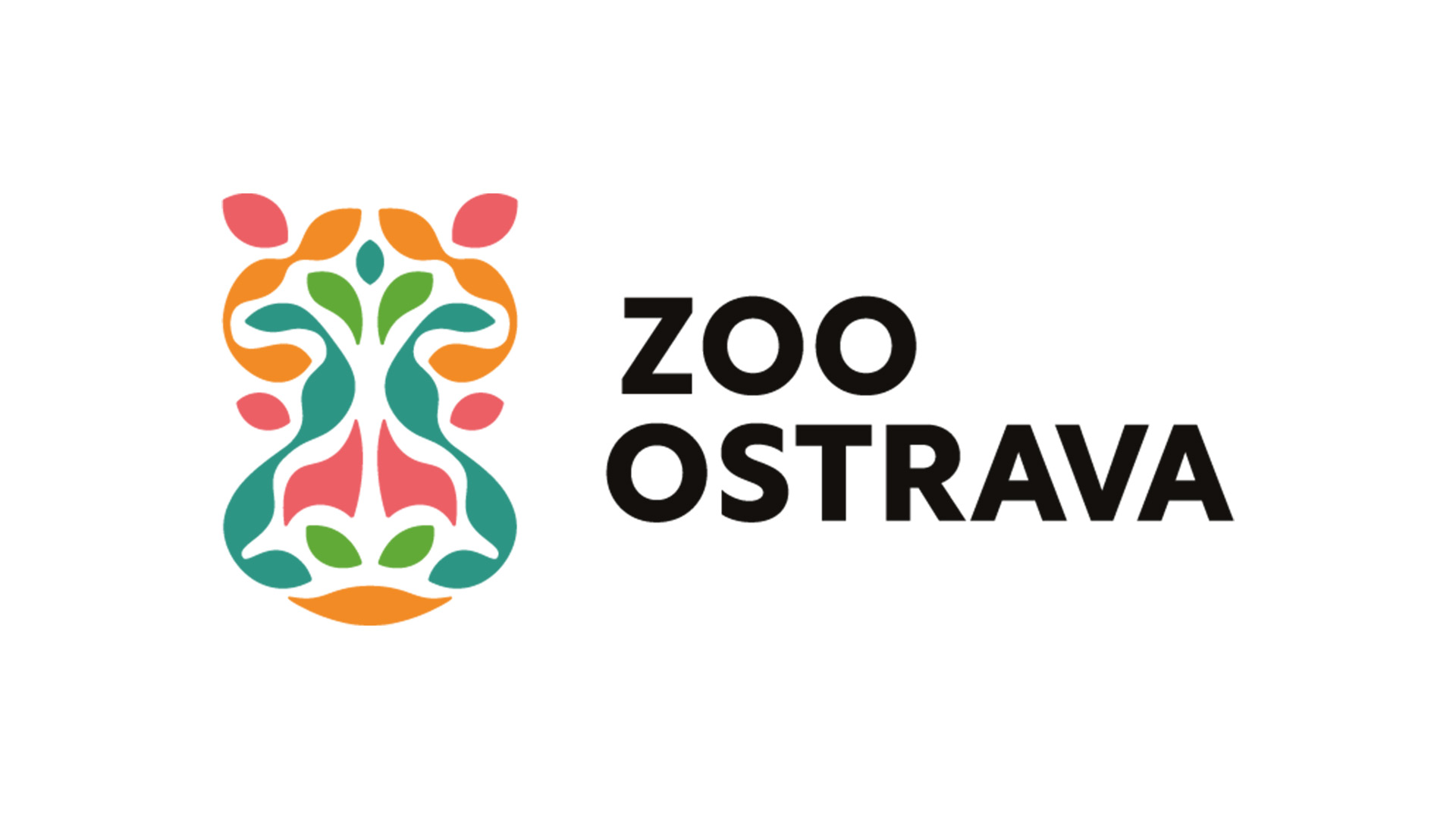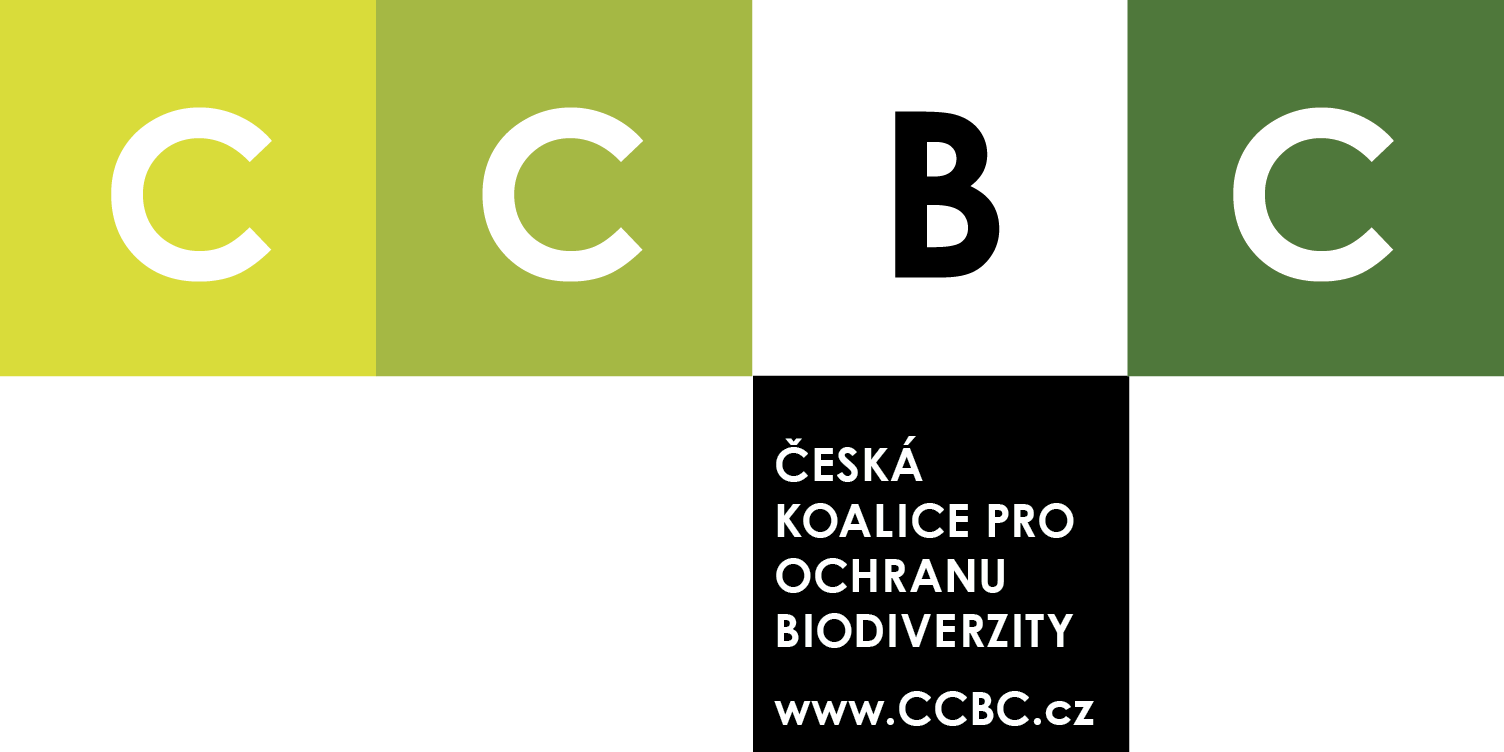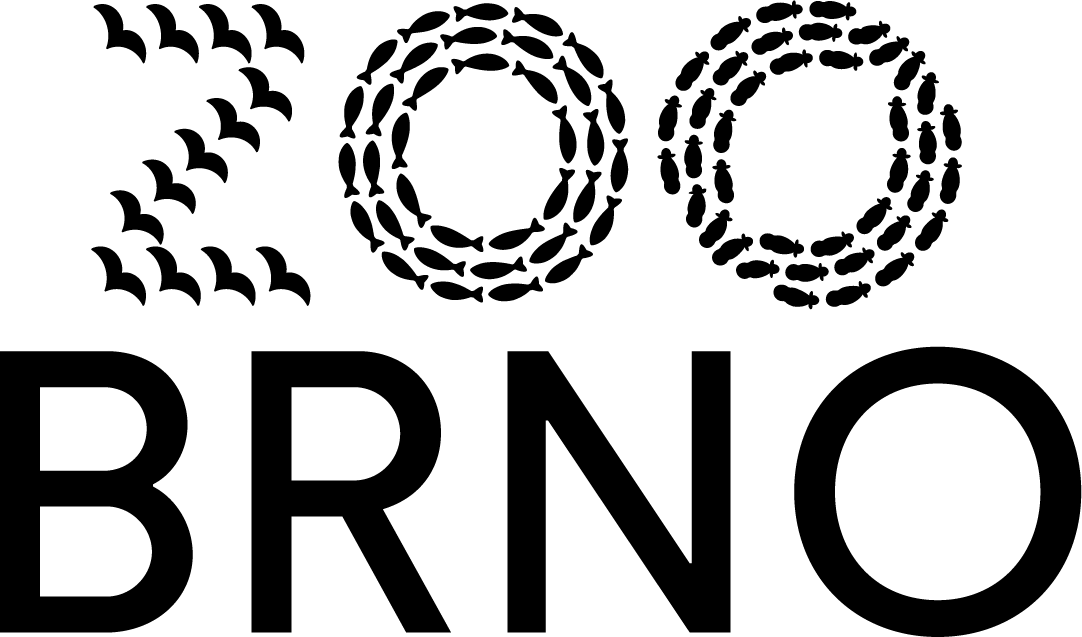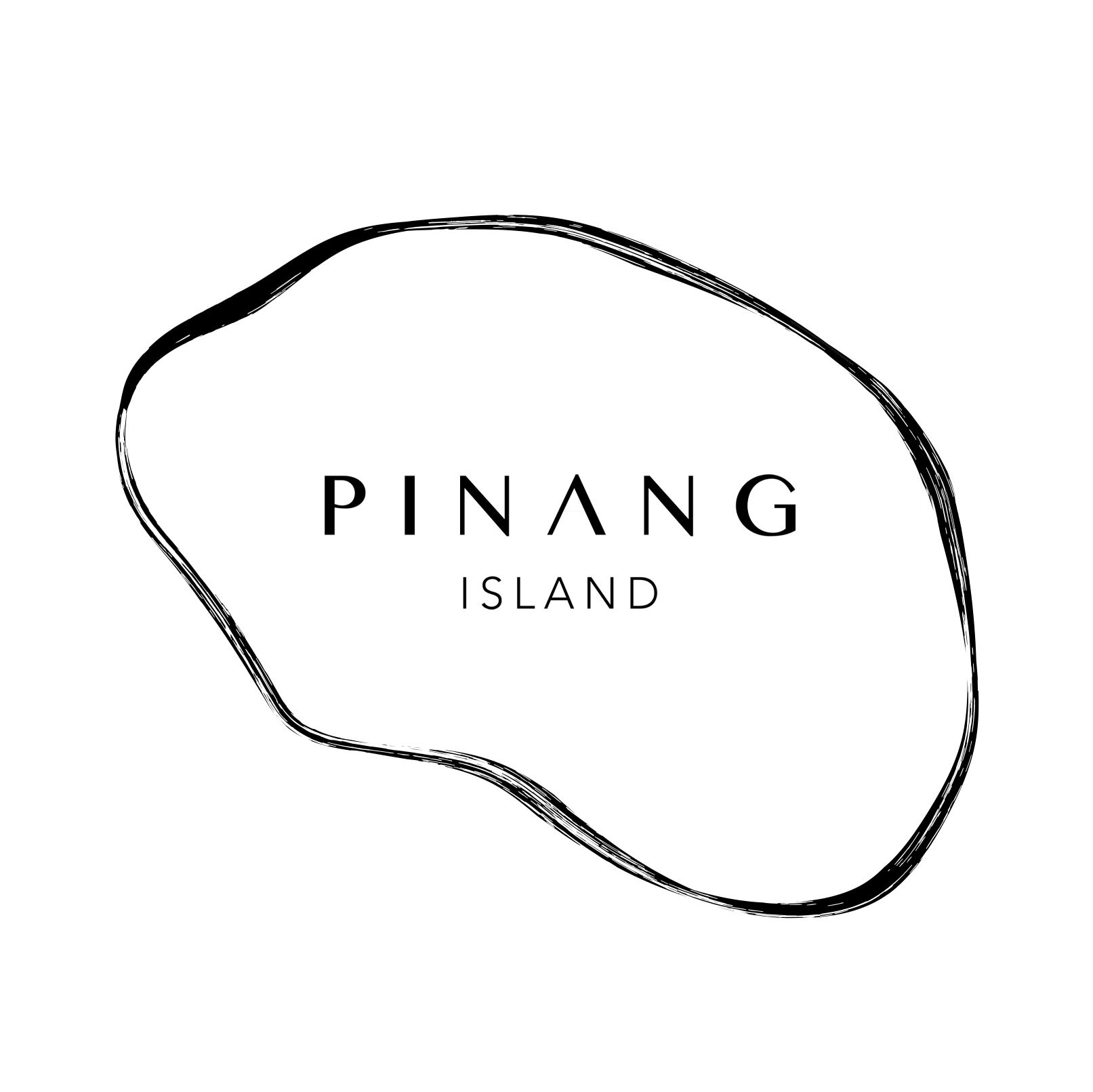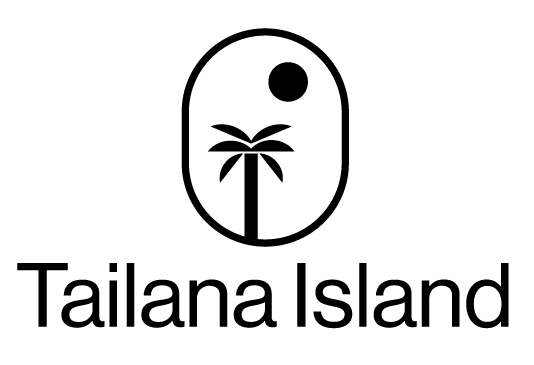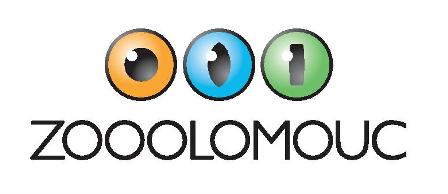who we are
About us
Since 2014, we have been dedicated to the conservation and research of endangered species and ecosystems in Southeast Asia (Indonesia, Philippines). Our team of Czech scientists, zoologists, and conservationists aims to promote and support nature conservation in the most threatened areas.
Our initial activities focused on raising awareness about the negative impacts of the palm oil industry. During an educational campaign on palm oil, we highlighted one of the major global environmental issues to the Czech public—the deforestation of tropical rainforests for palm oil plantations. The primary goal of the campaign was to increase awareness and emphasize that our decisions have global impacts. Additionally, it aimed to show that every consumer can influence the use of palm oil in food, cosmetics, and other products.
Over the years, we have increasingly focused on island and marine ecosystems, the endangered species that inhabit them (sea turtles, dugongs, songbirds), and combating the illegal trade in these species. Since addressing these issues requires a comprehensive approach, our activities have also included research and collaboration with local communities. Currently, we divide our activities into three areas:
- Protection of island ecosystems
- Protection and research of endangered species
- Promote sustainable livelihoods
Our goal is to halt the extinction process by finding long-term solutions and implementing conservation measures based on research in close collaboration with local communities.
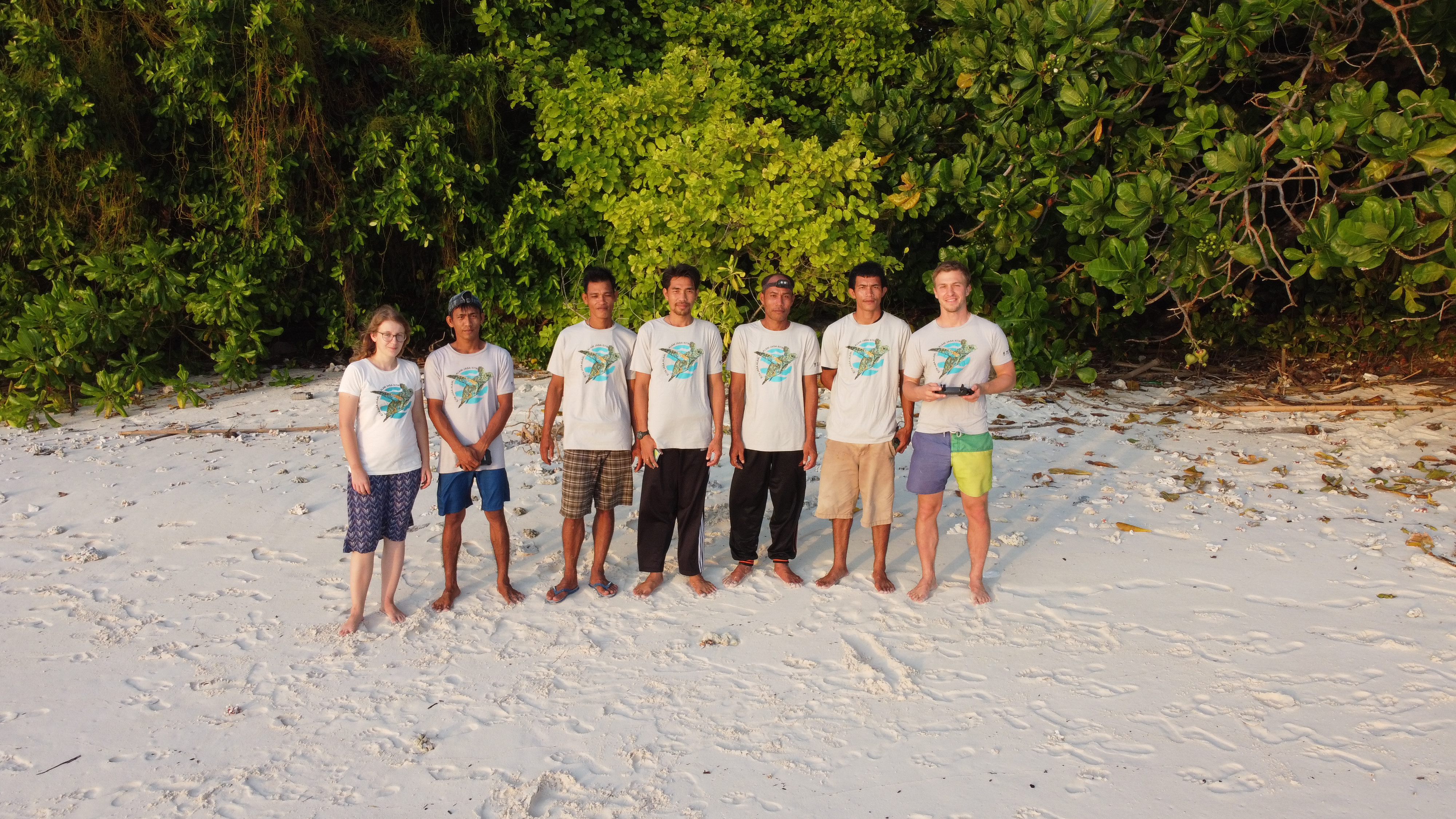
our team
Meet our core team
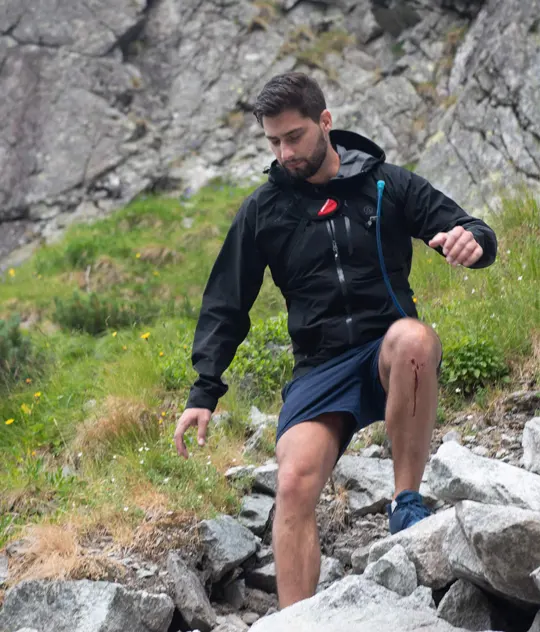
Tomáš Brzek
vice-chair
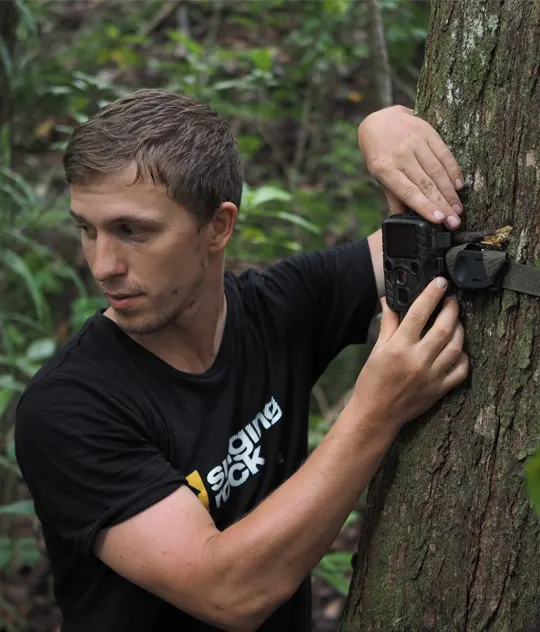
Pavel Zoubek
conservationist
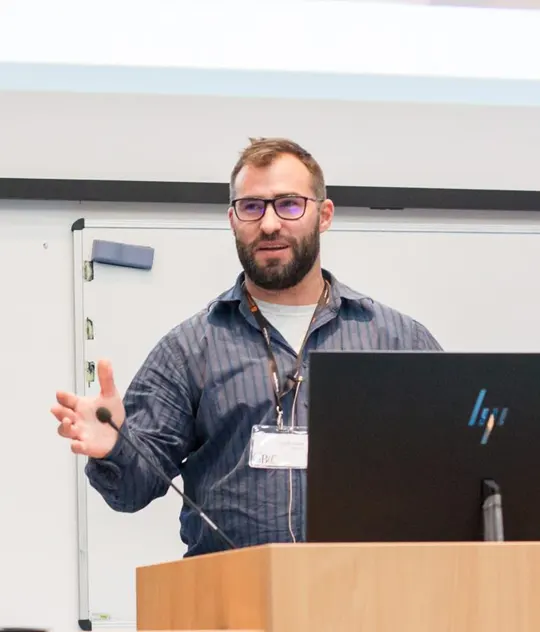
Tomáš Ouhel
chair

Adéla Hemelíková
member, conservationist and researcher
our mission
What we do?
Conservation of Island Ecosystems
We help protect unique island ecosystems and the last wild places (tropical primary forests, mangroves, coral reefs, seagrass beds). This is achieved through underwater monitoring, drone monitoring, coral reef and seagrass rehabilitation, and collaborating with local governments to establish or rezone protected areas.
Protection and Research of Endangered Species
We focus on critically endangered and endemic species (sea turtles, marine mammals, songbirds). We emphasize that conservation actions are based on robust and high-quality information, derived, for example, from satellite telemetry, genetic research, and ecological monitoring.
Promote sustainable livelihoods
We support sustainable living in local communities through education and practical training. We provide environmental education and English language teaching in schools. We educate fishermen to apply sustainable fishing methods, train them in marine species monitoring, and help improve maritime safety. Additionally, we assist in establishing ecotourism, thereby providing alternative sources of income. We aim for people and nature to coexist in a strong and balanced connection.
latest updates
News
Seagrass Monitoring and Rehabilitation
With the New Year, we are launching a new project on Pulau Banyak. We have obtained all the necessary permits and have started monitoring seagrass and rehabilitating it. We are establishing an experimental field where we are planting seagrass seedlings. For updates on this project, follow our instagram.
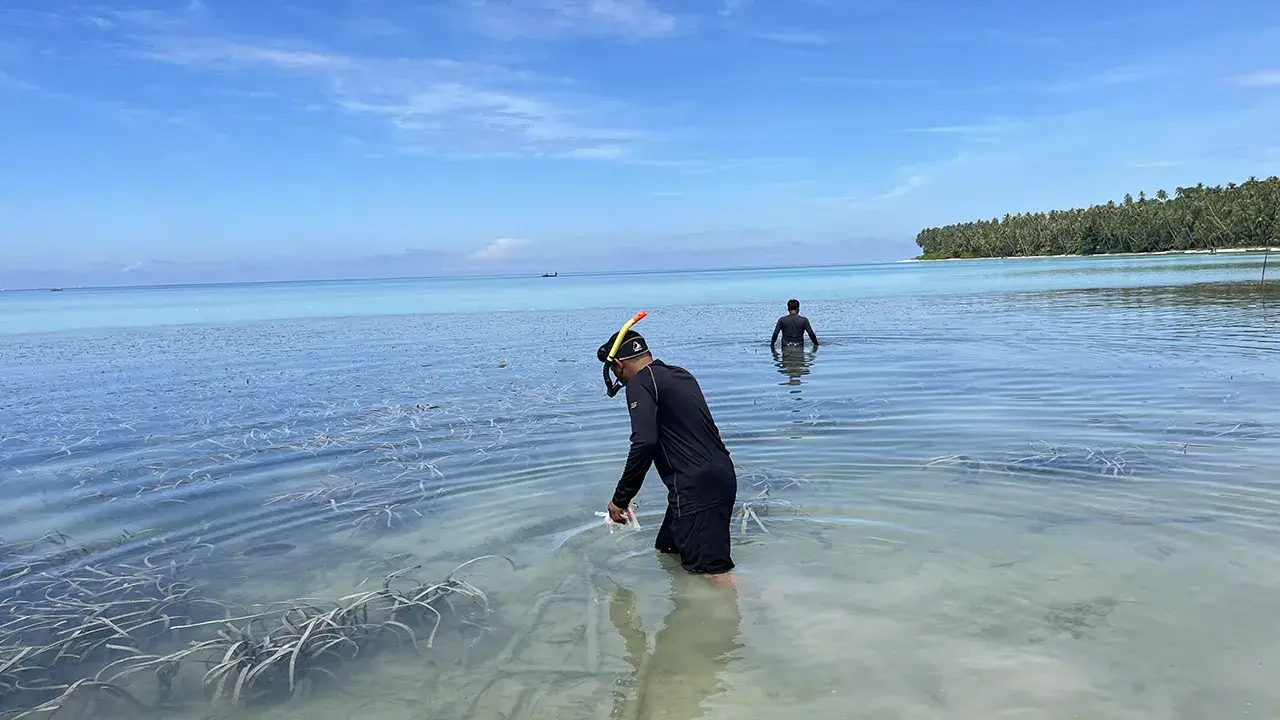
Arrest of Turtle Poachers
Our team successfully arrested two sea turtle poachers in the Pulau Banyak archipelago. A boat with two dead and four live turtles was seized. Our team provided veterinary care to the rescued turtles, which were then released back into the sea. The poachers are currently awaiting sentencing.

Workshops on Sea Turtle Conservation in Sumatra
In May and July, we organized workshops on sea turtle conservation for students at two universities in Sumatra (Andalas University, Universitas Syiah Kuala). Over 120 students participated in the workshops, which included lectures on the ecology and biology of sea turtles and introduced selected conservation and research methods.

Camera Trap Monitoring
We have started monitoring species living in the forest on Bangkaru Island by using camera traps. The monitoring will last six months, providing unique information on the distribution and behavior of species. These will be the first-ever recordings from the island, as camera traps have never been placed there before.
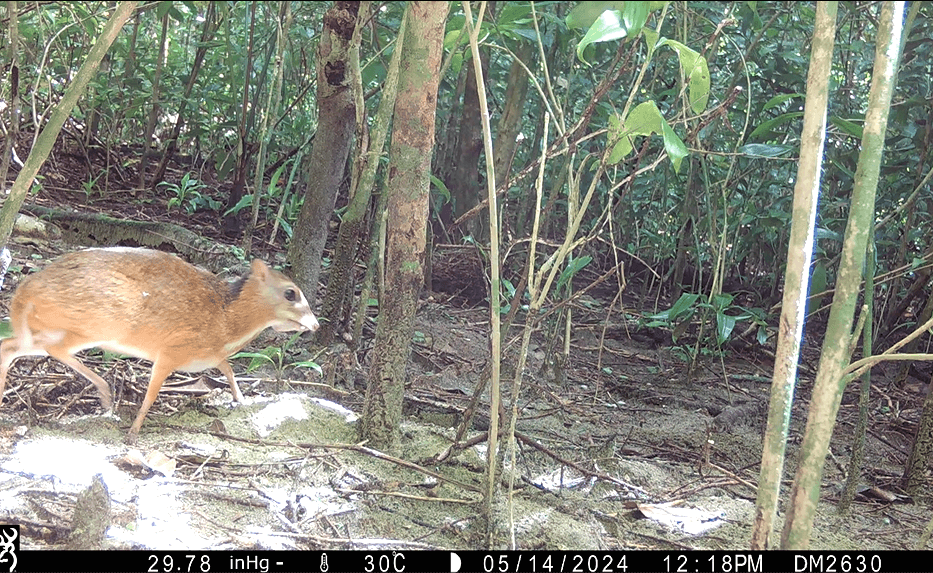
Global Report on the Status of Sea Turtles
The State of the World’s Sea Turtles organization annually publishes a global report on the status of sea turtles. The latest report focused on the Southeast Asian region, and we were involved in its preparation.

Rescue of a Dugong Calf
In December 2023, our team helped rescue a dugong calf that had separated from its mother and stranded on a beach for unknown reasons. The weakened calf received several days of veterinary care and was released back into the sea after recovery.
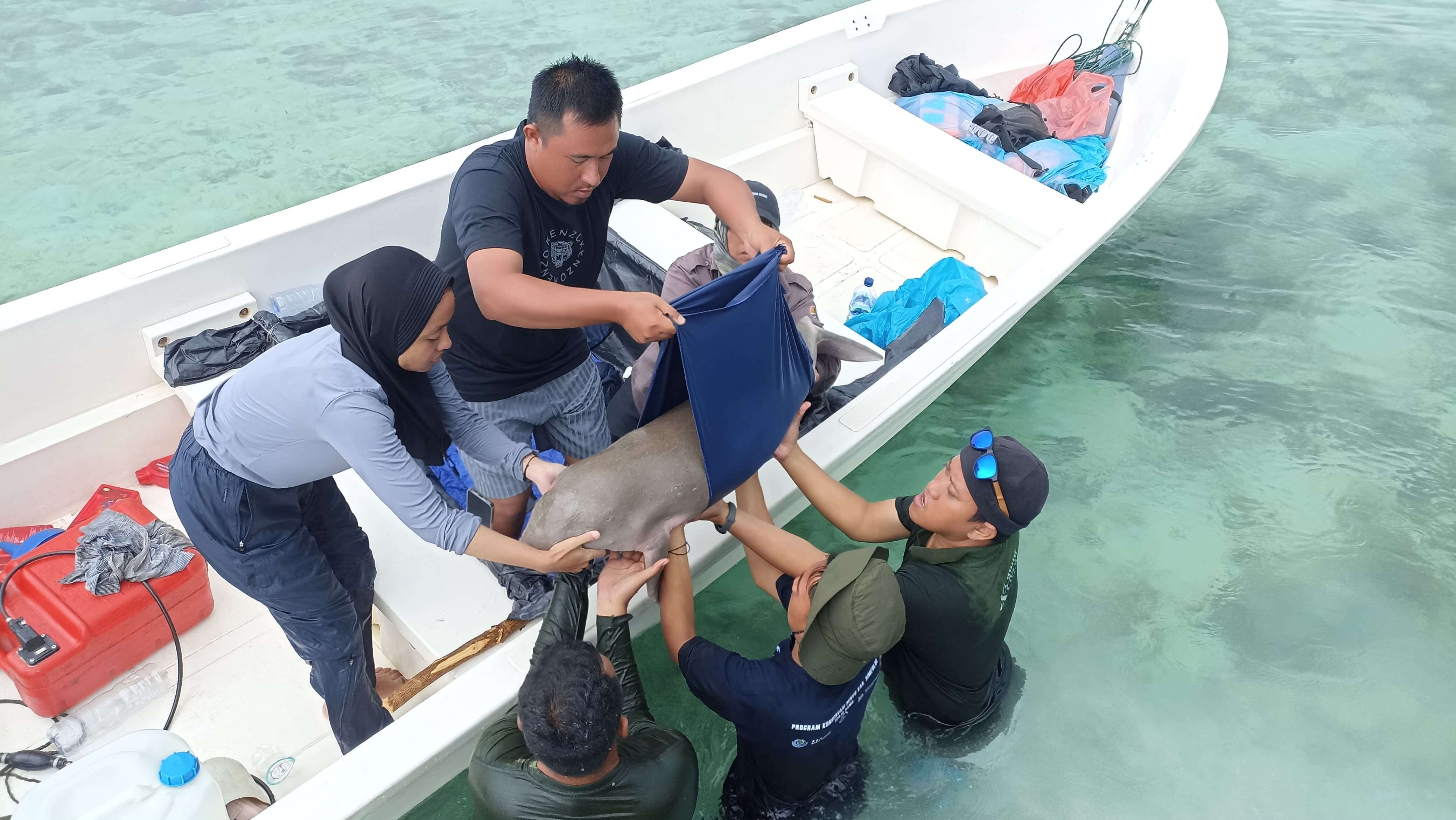
Projekty
Hidden wildlife paradise
Treasure islands: Bangkaru and Babi
Bangkaru (in the Pulau Banyak archipelago) and Babi Islands are among the last places on Earth with untouched and thus unique primary rainforests. The islands are located on the northwest coast of Sumatra, Indonesia. They are also among the last places where populations of the endemic and critically endangered Nias hill myna (Gracula robusta) can be found. Bangkaru Island is further one of the most significant nesting sites for the endangered green sea turtle (Chelonia mydas) and the leatherback sea turtle (Dermochelys coriacea) in Indonesia, with up to 10 females nesting on its beaches every night. Green sea turtles also lay eggs on Babi Island. The entire Pulau Banyak and Babi archipelago is home to rare ecosystems of coral reefs, seagrass meadows, and mangroves, providing refuge to other endangered species such as the hawksbill turtle (Eretmochelys imbricata) and the dugong (Dugong dugon).
On the protection of Bangkaru, we collaborate with the local NGO Ecosystem Impact Foundation, which has rangers on the island and monitors the activity of sea turtles and songbirds. Additionally, the Ecosystem Impact Foundation monitors Babi Island.
In the Pulau Banyak archipelago, we assist with maritime patrols to combat illegal take and trade. We provide professional veterinary care to confiscated individuals and return them to the wild.
We work closely with local communities. Through the Eduindo project, we help provide environmental education and English language teaching in schools. With FIFAN Foundation we assist with the sustainable development of ecotourism, training fishermen in marine species monitoring, and setting rules for tourists and surfers. We teach fishermen to apply sustainable fishing methods and continuously work on improving sea safety.
Filling missing gaps
Sea turtle research and conservation
In Sumatra, there are several significant nesting beaches for sea turtles. However, information about the ecology of sea turtles and the threats they face in Sumatra is still lacking. Through research, we aim to fill these gaps and implement needed conservation measures.
We monitor the use and trade of sea turtles and conduct surveys to understand its causes. We identify sea turtle populations in Sumatra and monitor their nesting ecology. We map turtle movement patterns using satellite telemetry and genetic research. Additionally, we use genetic research to track the origin of illegally caught turtles and tortoiseshell products at national and international levels. We teach students from Indonesian universities the latest conservation and research methods.
These activities are conducted in collaboration with other experts and scientists from the Marine Turtle Genetic Working Group and ShellBank, Syiah Kuala University (Banda Aceh), Andalas University (Padang), and the Czech University of Life Sciences in Prague.
Reverting its extinction
The protection of Nias hill myna
The Nias hill myna (Gracula robusta) is an endemic species of Nias Island and the Pulau Banyak archipelago, which was considered extinct for the last twenty years. In the summer of 2015, a team (Zoo Liberec / Lestari / Czech University of Life Sciences) found two surviving individuals on Nias Island, and in December of the same year, a viable population on Bangkaru Island. However, what was hidden from scientists was not hidden from poachers. The mynas are still poached from the wild to satisfy the demand for songbird trade.
Our goal is to protect the remaining populations of Nias hill mynas in the wild. This is achieved through maritime patrols in the Pulau Banyak archipelago, monitoring mynas on Bangkaru Island, and educating local communities.
Join us
Are you passionate about nature conservation and eager to get involved? We are looking for volunteers to help with the following activities:
- Preparation of Grant Proposal Materials: Help us secure funding for our projects.
- Data Work, Mapping: Participate in analyzing and processing data that are crucial for our projects.
- Social Media Management, Marketing: Assist in spreading awareness about our activities and projects.
- Photo and Video Editing: Contribute your media editing skills to our campaigns.
- Fundraising: Engage in activities that help us raise financial support
We offer university students internships, apprenticeships, and supervision of bachelor's and master's theses.
For long-term cooperation in the Czech Republic, we also offer the opportunity for field trips to our projects.
If you are interested in joining us in nature conservation, please contact Adéla Hemelíková at (hemelikova@zooliberec.cz / hemelikova@protectingnature.org).
want to help
Support us
Donation possibilities
You can contribute to the protection of endangered species by transferring money to a transparent account:
Financial Donations
You can donate any amount - one-time or ongoing. Your contribution will help cover costs for activities such as:
- 200 CZK: Weekly salary for an English and environmental education teacher.
- 500 CZK: Providing drinking water for rangers on Bangkaru Island for one month.
- 1,000 CZK: One-day monitoring of coral reefs in the Pulau Banyak archipelago.
- 3,000 CZK: Monthly salary for a research assistant.
- 5,000 CZK: A week of veterinary care for sea turtles or hill mynas confiscated from poachers or traffickers.
- 10,000 CZK: Training for fishermen on sea safety, monitoring of endangered species (sea turtles, dugongs, sharks, whales), or techniques aimed at reducing bycatch.
- 15,000 CZK: An intervention team to combat illegal trade in endangered species.
Corporate Social Responsibility
Are you a company or other entity that cares about nature? If you like our work, you can support us in several ways:
- Become a one-time or regular donor.
- Donate proceeds from the sale of your product or service.
- Organize a fundraising event.
- Provide us with your services.
Tourist resorts Tailana and Pinang in the Pulau Banyak archipelago help us increase sea safety, lend us boats, and provide facilities. Plavy Elementary School organized an Eco-market with their students, and Zoo Ostrava organized a charity run for hill mynas. Thank you!
If you would like to support us in another way or need a donation receipt, do not hesitate to contact Adéla Hemelíková (hemelikova@zooliberec.cz / hemelikova@protectingnature.org ).
Thank you to all donors listed on our transparent account. We also thank donors who contribute through CCBC and darujme.cz, all companies, partner organizations, and those who have supported us in the past!
how it started
History
Our focus on protecting island ecosystems and endangered and endemic species began in 2015 with the rediscovery of the Nias hill myna, which was previously considered extinct in the wild. Subsequently, in 2016, in collaboration with Zoo Liberec and the Indonesian army, we arrested a gang of turtle egg poachers in the Pulau Banyak archipelago. Massive poaching of turtle eggs had resulted in no turtles hatching on Bangkaru Island for several months. Three poachers were arrested during this operation and sentenced to one and a half years in prison.
After their release, we offered the former poachers the opportunity to join educational programs in local schools. The former poachers, along with our team, visited a total of 30 schools in the region. The program focused on educating about sea turtles, the marine ecosystem, and the importance of its protection. Students learned about the former poachers' stories and had the opportunity to discuss how people should treat nature. As a reward for their involvement in educational efforts, the former poachers received small wooden boats, providing them with an alternative source of income from fishing. Subsequently, we started working with the local community on coral reef rehabilitation and continued with other educational activities.
As a natural continuation of the successful actions from Bangkaru in Sumatra in sea turtle conservation, two more actions were initiated in the Derawan archipelago near East Kalimantan. In 2019, more than 1,200 turtle eggs and explosives for illegal fishing were seized on a fishing boat. During the second operation, jewelry made from tortoiseshell and raw scales from over 300 hawksbill turtles were obtained from local vendors. Both operations were again carried out in collaboration with governmental and non-governmental organizations. Indonesian colleagues involved in the actions received the "Tree of Biodiversity" award for their outstanding contribution to nature conservation. The awards were presented by the Czech Ambassador to Indonesia, Mr. Ivan Hotek, during a ceremony
Another significant achievement was the arrest of a trafficker named Greed in 2022, who was one of the largest traders of wild and protected animals in Sumatra. We continue to combat illegal trade and have conducted several more operations, seizing dozens of sea turtles, mynas, and other wild animals.
